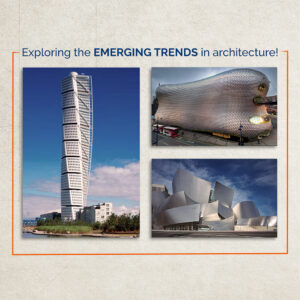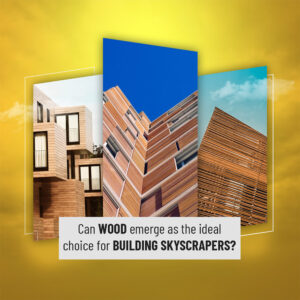
Climate change impacts every aspect of our life and alters the environmental conditions in which the buildings and structures exist. Soaring temperatures, increased carbon dioxide emission and melting ice of the polar region are among its immediate effects. The buildings we live and work in are designed to withstand the local climate. They are built using standards and materials compatible with the range of temperature, rainfall, snow and wind pressures expected in the area, including any climatic deterrents such as earthquakes, floods, tsunamis, groundwater levels and other natural changes. However, climate change threaten our structures and cause significant damage to them.
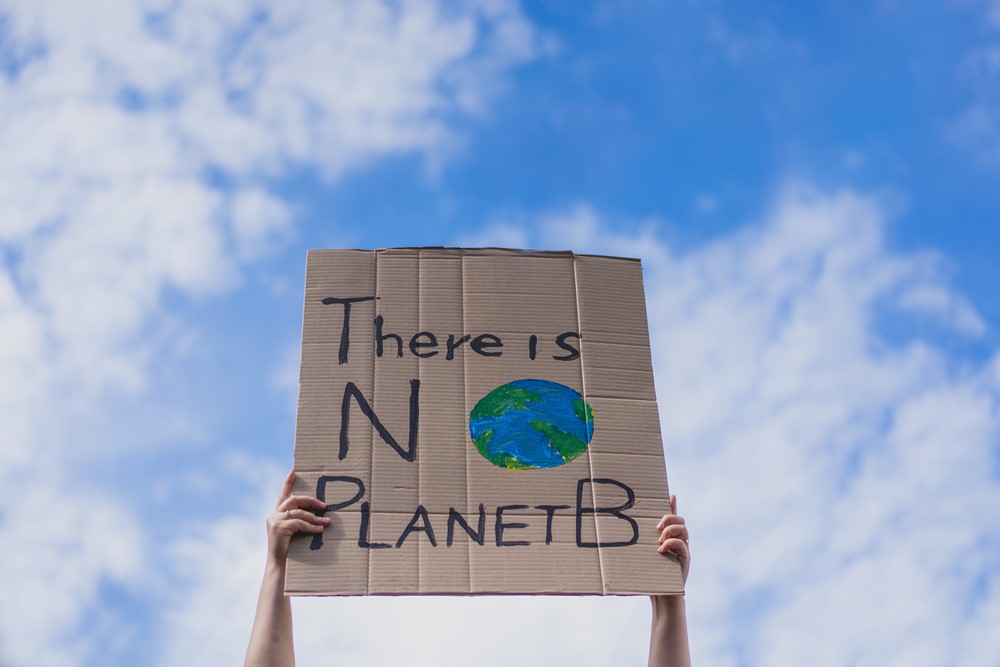
Climate change and its impact
When climatic conditions exceed the normal parameters, it directly impacts the structure of the building. Climate change will breed conditions where these parameters are exceeded more often and to a far greater degree. What was previously considered once in a century flood may become a regular occurrence. The impacts are certainly more drastic. As already evident, heat waves are more drastic now, affecting the building structures. Frequently occurring floods are wiping away entire dwellings with them. Some effects may be controllable, but the insidious effects of climate change can gradually undermine the core functions of a building.
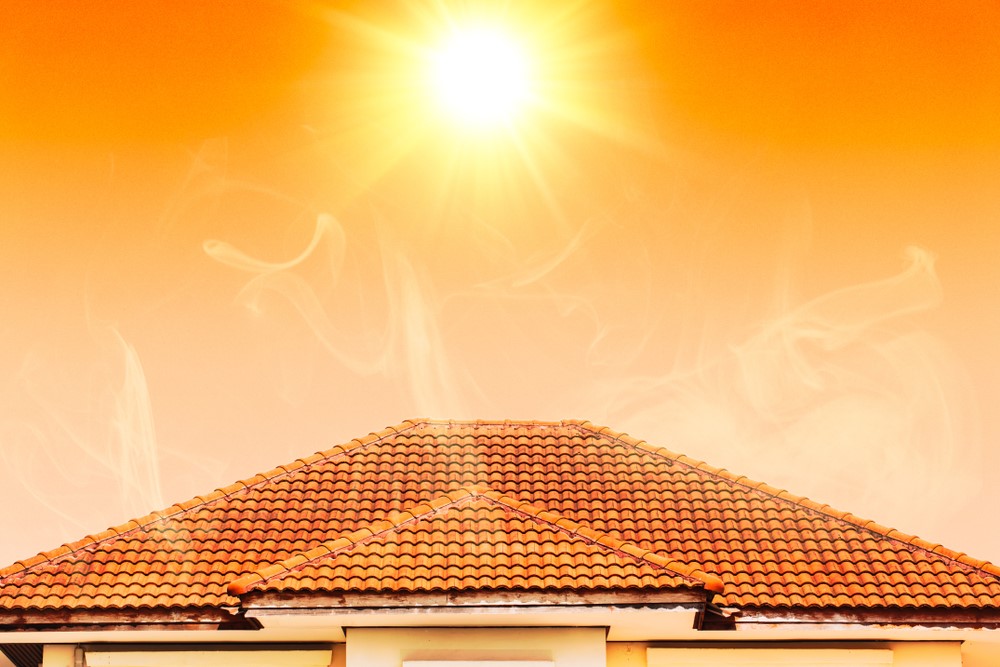
Damage to Structures
The impacts of Climate Change on infrastructure can be observed as follows:
- External cladding of buildings will be damaged more rapidly with the consistent and intense wind and rain. Leaking may also be possible on continuous damage due to water.
- Wet structures will give way to termite infestation when tempered with high temperatures. The timber-eating termites can cause significant structural damage.
- Stagnation of water can also lead to the breeding of mosquitoes and malaria prevalence. Living spaces need to be designed to combat this condition.
- As temperatures get higher, materials such as metal expand, leading them to buckle once buildings’ design tolerance is exceeded. As in an incident in China, a skyscraper needed to be evacuated as the structure made of metal began to shake when the steel frame stretched in the heat.
- Extreme temperatures can even cause metals to melt, causing irreversible damage. The surface layer of bitumen on roads begins to soften at extremely high temperatures, causing bleeding.
- Buildings with foundations in clay soil are vulnerable to cracking or collapse in the ground as they absorb more water and then harden and shrink with time. It is expedited by the changing rainfall patterns.
- Reinforced concrete is a popular construction material used in buildings. It is used from the skyscrapers and bridges to the lintels above windows in homes; reinforced concrete is made by placing steel rods within a mould and pouring wet concrete in. Once dry, this produces robust structures. A damper and warmer climate will affect the durability of this material. The steel inside the frame will get wet, rust and expand, thus cracking the concrete and weakening the structure. It is referred to as Concrete Cancer. In coastal regions, the high chloride content in the salt water accelerates rusting.
- In places on the sea coast, the rising sea levels raise the water table and make it saltier, thus, affecting the building foundations. The strong winds give rise to salt spray, further damaging building exteriors.
- The ring CO2 in the atmosphere means more carbonation. The CO2 reacts with the cement to form a different chemical element called calcium carbonate. It lowers the pH of concrete and makes the steel more exposed to corrosion.
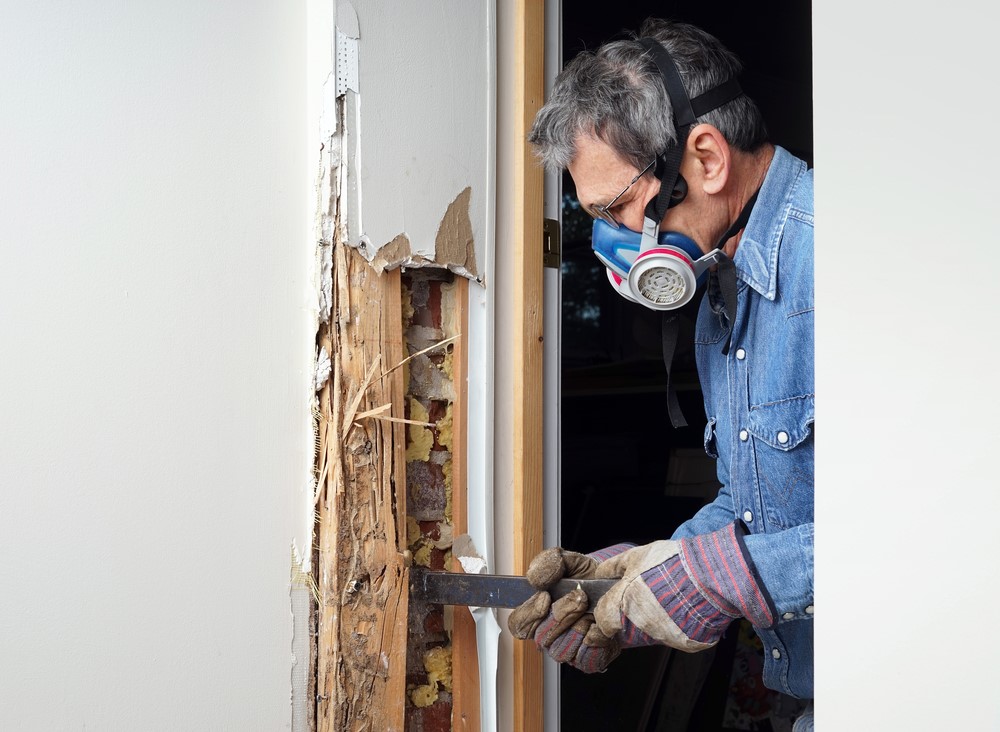
The impact of climate change on infrastructure is evident and imminent. However, with sustainable building design, we may counter climate change and its effects more effectively.
OmDayal Group of Institutions: Maintaining Excellence in Education
The OmDayal Group of Institutions was established in 2010 with a vision to prepare progressive architects and engineers. The college offers engineering and architecture courses affiliated with MAKAUT (Maulana Abul Kalam Azad University of Technology). It is accredited by NAAC, and the Architecture and Engineering courses are approved by AICTE and COA. The students have a strong foundation with a robust learning environment and experienced faculty.
The Institute also offers flexible timing and on-job training in partnership with the National Small Industries Corporation (NSIC), Govt. of India Enterprise, to facilitate better placements. A leading college in West Bengal, OmDayal Group of Institutions holistically prepares its students as future professionals.
For more information, visit: https://omdayal.com
References:
- https://www.firstpost.com/tech/science/climate-change-is-affecting-buildings-as-they-were-designed-for-a-different-environment-9780001.html
- https://www.archdaily.com/931240/the-facts-about-architecture-and-climate-change
- https://www.nationalacademies.org/news/2021/07/infrastructure-for-a-changing-climate
- https://www.smartcitiesdive.com/ex/sustainablecitiescollective/how-climate-change-affects-building-design/1080271/

